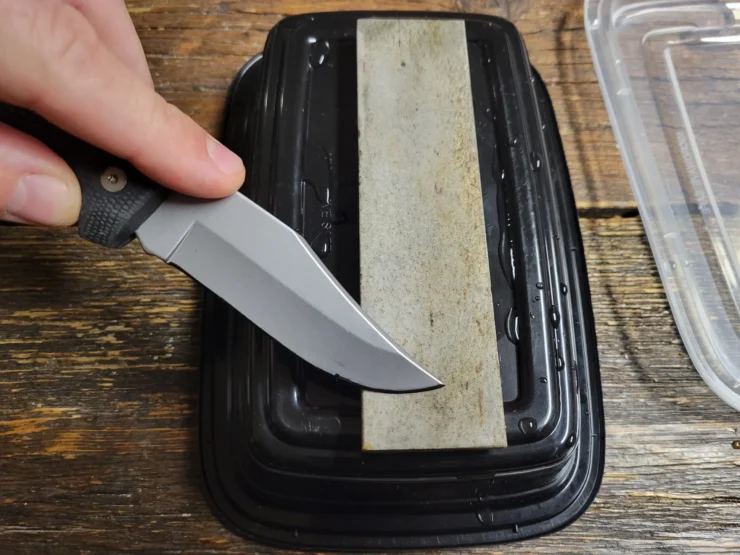A chef’s most indispensable tool in the kitchen isn’t their fancy oven or food processor—it’s their knife. A sharp knife does not just cut; it elevates the cooking experience, ensuring precise cuts, reduced food wastage, and a safer cooking environment. But like all tools, knives dull over time, which is where professional knife sharpening services come into play.
The Art of Knife Sharpening
Sharpening is both a science and an art. At its core, it involves grinding away the blade’s metal to form a new edge. The key lies in the angle and technique, ensuring an optimal edge for cutting.
Now, there’s often confusion between honing and sharpening. Honing uses a rod to realign the knife’s edge, rectifying the microscopic dents that occur with regular use. Sharpening, on the other hand, reshapes or refines the edge itself. The crux is: that honed knives still need sharpening eventually.
And why prioritize sharp knives? Well, they’re safer—requiring less force, reducing chances of slips. They also enhance the food’s texture, flavor, and appearance. Dull blades can crush delicate ingredients, while sharp ones make precision cuts that preserve a food’s integrity.
Signs Your Knives Need Sharpening

Spotting a dull knife isn’t always blatant. Some signs are:
- Difficulty slicing soft fruits or vegetables.
- The knife squashing bread loaves.
- Visible nicks on the blade’s edge.
A dull knife demands extra force, increasing the risk of mishaps and accidents in the kitchen. Regular blade checks can mitigate such risks. Maintaining knife sharpness isn’t merely about aesthetics or functionality; it’s about safety too.
DIY vs. Professional Sharpening
Many swear by DIY sharpening, using sharpening stones or even household items like ceramic mugs. While cost-effective, DIY has its downsides. Achieving the right angle is challenging, and inconsistencies can damage the blade.
Professional services, with expert knowledge and specialized equipment, can ensure the ideal blade angle and finish, preserving your knife’s longevity. Plus, incorrect sharpening can weaken the knife, making it susceptible to breaks—posing risks for the user.
Where to Find Professional Services
“Knife sharpening near me“—a quick online search can reveal local artisans, kitchen supply stores, or dedicated sharpening services. But, don’t go for the first link you click. Research reviews, seek recommendations, and consider the service’s reputation and experience.
Online services, where you mail your knives, are also gaining traction. They’re convenient, but ensure they have a trustworthy shipping process and good track record.
What to Expect from a Professional Service

Once you’ve chosen a service, what next? Professionals typically employ water stones, electric sharpeners, or belt sharpeners. They’ll assess the blade’s condition, choose the appropriate grit (coarse, medium, or fine), and maintain a consistent sharpening angle. Depending on knife condition and the service’s workload, the process could take anywhere from minutes to days.
Cost varies—premium services or specialty knives may command higher fees, but generally, expect between $5 to $15 per knife.
Knife Maintenance Tips to Extend Sharpness
A well-maintained knife lasts longer. Here are some tips:
- Store Properly: Avoid tossing knives in a drawer. Use a knife block or magnetic strip.
- Clean Immediately: Hand wash knives soon after use. Avoid dishwashers, which can dull the edge.
- Regular Honing: As discussed, honing realigns the blade’s edge. Make it a routine!
- Good care doesn’t just extend sharpness—it prolongs your knife’s life, giving you years of culinary joy.

